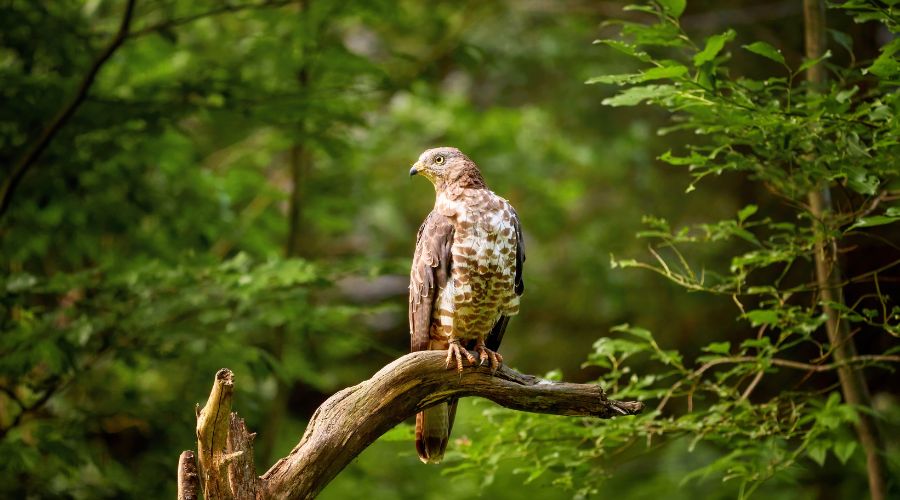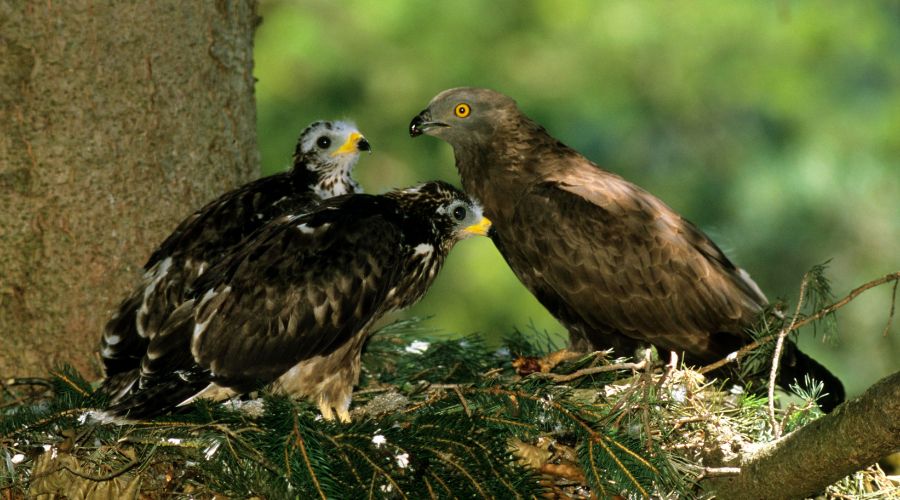Welsh wildlife photographer fined for disturbing rare bird nest
2nd July 2024
A Welsh wildlife photographer has been fined for disturbing a honey buzzard nest without a licence.

John Paul Haffield has appeared before Swansea Magistrates Court, where he was found guilty and fined more than £1,600 pounds for offences against the Wildlife and Countryside Act 1981 after disturbing a nest of one of the country’s rarest birds.
The 68-year-old man from Neath was sentenced following a trial for disturbing a nest containing an extremely rare breeding pair of honey buzzards and their eggs.
He visited nest sites of Schedule 1 protected birds such as birds of prey and other species throughout Wales, taking photographs of the birds and their young or their eggs within the nest, and then offered those photographs for sale online on his own website.
One of the rarest birds in Wales
The website contained more than 200 photographs of birds, many of which were protected under Schedule 1 of the Wildlife and Countryside Act.
Among those photographs were pictures of honey buzzard, which the man visited on a number of occasions. It is currently the only recorded nest in Wales.
Police constable Mark Powell, on secondment with the Natural Resources Wales Industry Regulation team, said: “Officers from Natural Resources Wales are successfully working with police forces across Wales, and the National Wildlife Crime Unit to investigate and prosecute those responsible for committing wildlife and rural crime offences.
“This was a particularly upsetting case. The defendant was actively taking photographs of birds protected under Schedule 1 and offering them for sale.
“Climbing to nests causes extreme stress to adult birds, resulting in eggs not being properly incubated. On the honey buzzard nest there were two eggs and one failed.”

The officer added that the case is “very disappointing” as the honey buzzard is considered to be one of the rarest birds in Wales and this was the only known nest.
Recently, the nest featured on the BBC documentary Iolo’s Valleys and is actively monitored as part of a nest monitoring programme to help ensure the species survival.
Read more environmental news.
